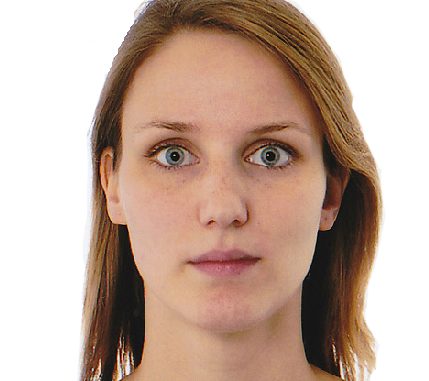
 I arrived in Philadelphia after a 25-hour trip from my native home, Germany, to what was a very warm welcome. Literally, it was about 90 degrees. I was happy to finally be here. But, it wasn’t long before my experience cooled down after hearing about the surrounding neighborhood.
I arrived in Philadelphia after a 25-hour trip from my native home, Germany, to what was a very warm welcome. Literally, it was about 90 degrees. I was happy to finally be here. But, it wasn’t long before my experience cooled down after hearing about the surrounding neighborhood.
“Philly is dangerous,” said my roommates as soon as I had dropped off my bag in my new room. “You shouldn’t go out alone, at least not at night. It’s too dangerous.”
I thought they were being overprotective, but I still considered it helpful advice. However, throughout the course of the next week, it became clear to me that this information is in the Top 5 things to talk about with someone who is new to the city.
I bought running shoes and the shop owner was worried that I walked up to his shop by myself. When I tried to improve my level of security by going to buy a bike, I was advised not to ride it home because it is safer to go home by bus. I started to wonder how much attention I really had to pay: Where could I go? How would I stay safe? These are some questions that popped into my head.
I felt that it was time to put the hearsay aside for a minute and see what was going on objectively.
In doing so, I was introduced to a Google Map from 2010 called “Philadelphia Safety Map.” It was originally posted in an online chat room, Philadelphia Speaks, by user “dorydorado.”
The map itself contains a color-coded breakdown of the city by an arbitrary measurement of safety. It is intended to be a guide to safe spots in Philly, but is not based on any crime data or anything of the sort.
But while Main Campus — referred to in the key as “Templetown” — is colored green for safe, the area immediately surrounding it indicates that you probably shouldn’t hang out in the vicinity.
Is it really fair to say that?
I’ve never been a fan of generalizations. Probably because, even though I’m German, I don’t walk around in leather pants and eat Sauerkraut and sausages all day. While this is probably taken a bit to the outlandish side of stereotypes, it doesn’t change the fact that crime around Main Campus should be considered as a serious topic.
This map, and the sentiments about the area it represents, should be taken more as a reminder that safety is important rather than an overgeneralized assessment of potential danger.
Just look at the consequences of this reputation. When I tell people I have a bike, they often smile and say something like, “You better ride fast.” I do ride fast, but not because I’m fleeing. People who have told me I should not talk to any of the people living here will probably not distinguish between someone with bad intentions and a construction worker. Neither does this map.
The map also doesn’t show improvements throughout the last years.
I don’t speak from my own experience, but a small minority of voices in the sea of warnings sometimes tell me it’s already much safer. I don’t mean to play the dangers down, but I don’t see how focusing on the negative aspects helps anyone in their daily lives.
To put it simply, staying safe comes down to a simple principle, which one of my classmates cleverly phrased as: “Just don’t be stupid.” But this principle doesn’t only apply to Temple.
Wherever you are, especially in a city, you have to be careful. And you’ll be fine as long as you don’t do anything reckless.
I don’t want to spend my year at Temple caged in my room. Of course, I also want to be safe. But I certainly don’t want my time here to be ruined by a few red pixels.
Kim Fuellenbach can be reached at kim.fuellenbach@temple.edu.


Be the first to comment